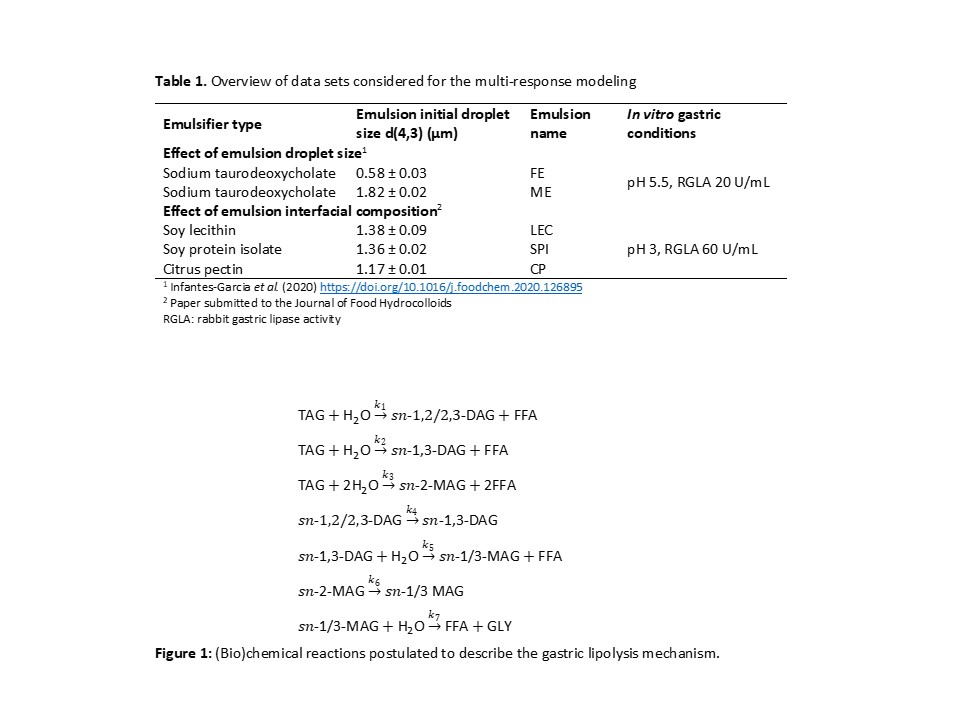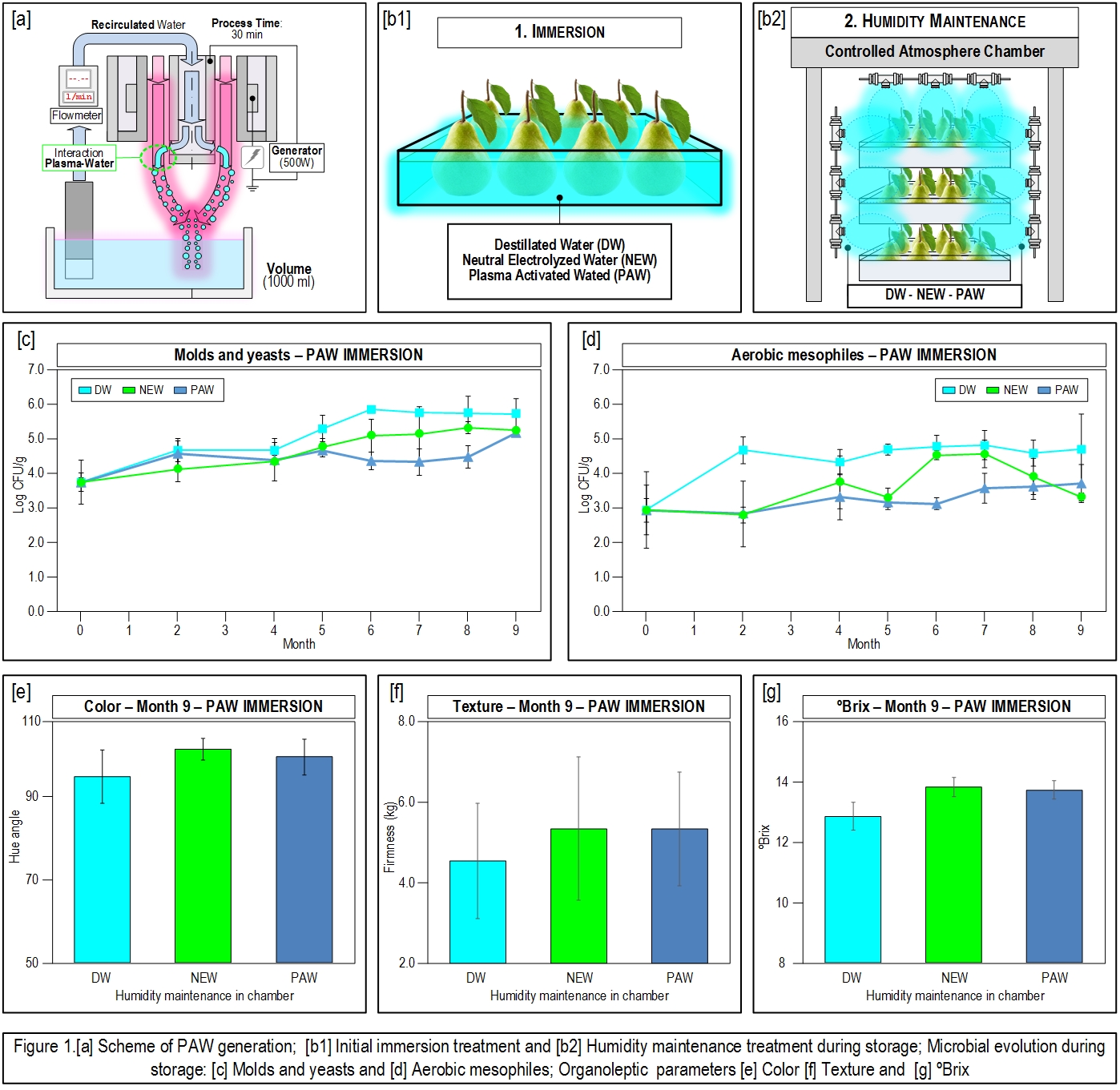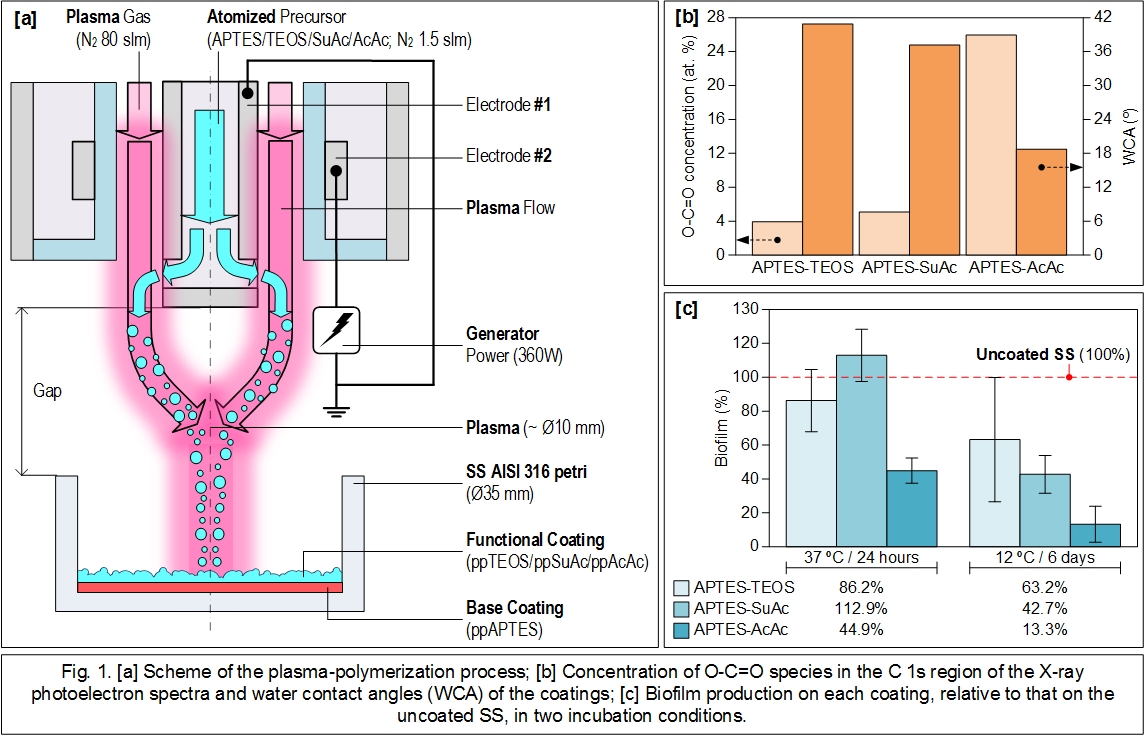Abstract
Due to a multiplication of food scandals for many years, consumers expect more natural products and in particular with less or without additives (clean label). In that way manufacturers have to develop several strategies in order to develop new products by keeping the same properties as the initial one containing additives.
Mono and diglycerides of fatty acids are commonly used in the manufacture of sponge cakes due to their ability to form inclusion complexes with amylose that prevent staling. In European Union, these compounds, derived from triglycerides are considered as food additives and have to be mentioned on the ingredient list with an E number (E 471).
The main goal of our study was to develop a strategy starting from rapeseed oil in order to generate selectively and in situ mono, diglycerides and fatty acids. Thanks to a control of external parameters of this process, different oils were obtained and ratio between reaction products were modulated. Molecular compositions were investigated and characterized by Gas Chromatography and 1H NMR. This latter technique is an additional and a very suitable method to qualify and identify selectively the monoglycerides isomers.
Modified oils have been directly used as food ingredient in the manufacture of sponge cakes. The structure and the softness properties of the products have been characterized during 6 months. The softness is (i) largely improved by using a mixture of initial rapeseed oil and modified oil and (ii) mainly governed by their respective ratio.



